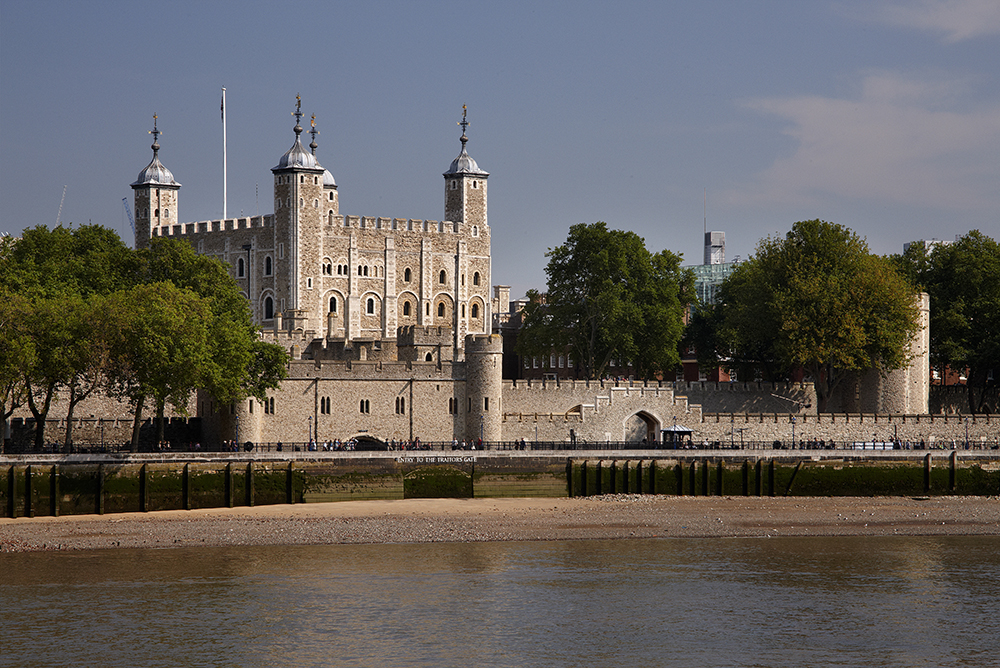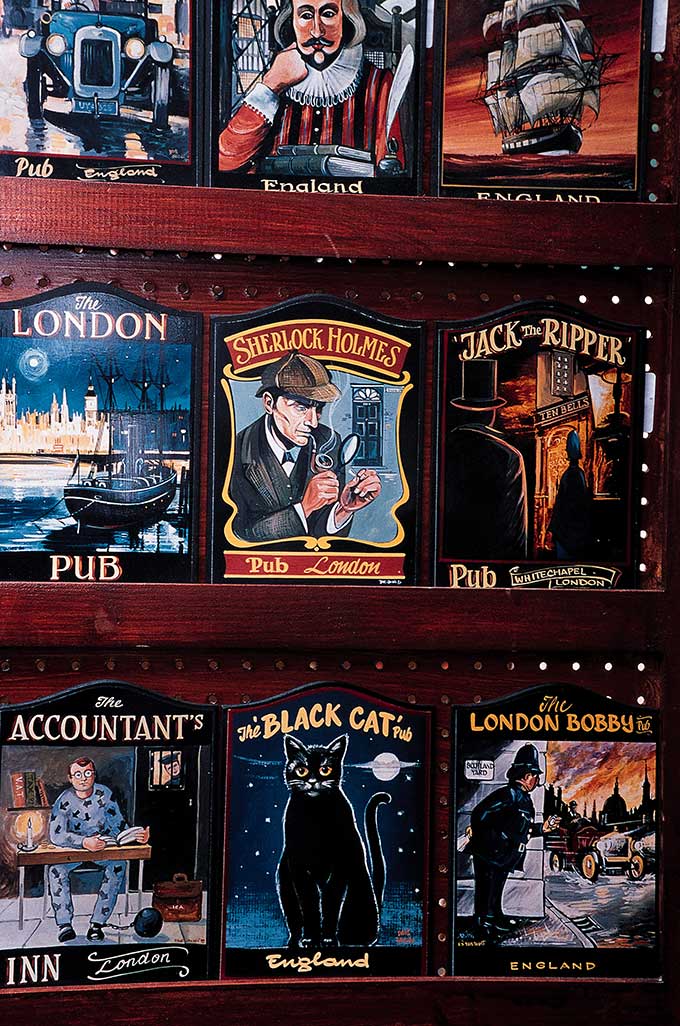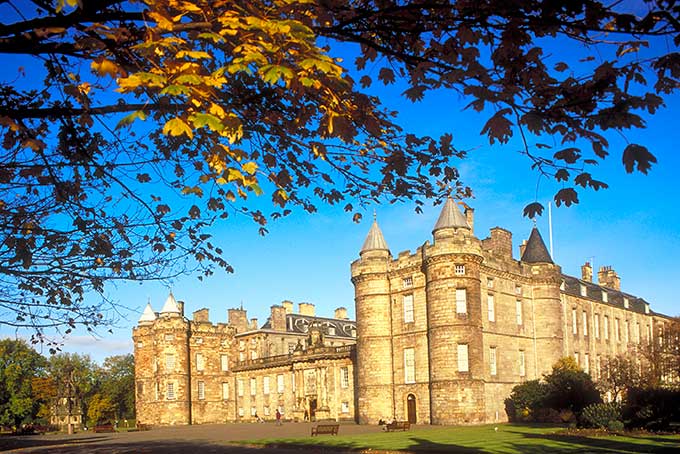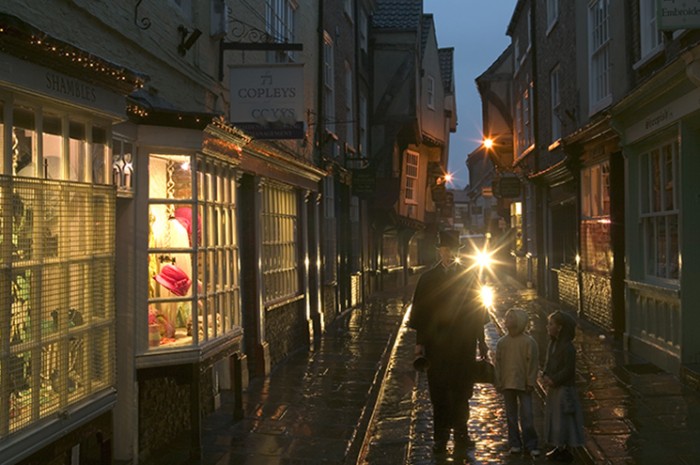The Princes in the Tower and other unsolved mysteries
What truly happened to the Princes in the Tower? It’s a question that has long plagued historians, who question whether it was their uncle Richard III. Here, we take a look at the facts of the case and some other mysteries from British history and ask – will we ever know the truth?

The Princes in the Tower
The mystery of the Princes in the Tower is one of Britain’s most famous cold cases. Shakespeare, living under a Tudor monarch, cast Richard III, the boys’ uncle, as the villain of the piece, but was the really the murderer?
Twelve-year-old Edward V, and his younger brother, the nine-year-old Richard, Duke of York, went missing from the Tower of London allegedly murdered before the former could be crowned king leaving their uncle to become King Richard III. However, among the facts there might well be a glimmer of the innocence he proclaimed. Why did he never reveal their bodies to confirm their deaths, and why were other relatives with stronger claims to throne than him left unharmed? And Richard isn’t the villain, who else is in the frame?
Henry VII: Richard’s rival at the Battle of Bosworth, Henry VII benefited from the disappearance of the princes and married their sister, Elizabeth of York. However, as he was abroad at the time of the disappearance, it seems unlikely the boys survived beyond Richard’s death without being seen.
The Duke of Buckingham: Once Richard’s closest ally (whom he later had beheaded), the Duke of Buckingham played a key role in Richard III’s rise.
Margaret Beaufort: Margaret Beaufort, Henry VII’s formidable mother who did much to bring him to the throne, keenly recognised that the removal of the princes was essential for the success of her son.

Jack the Ripper
The Ripper murders define a squalid period of Victorian London that lingers in the collective memory. They weren’t the first serial murders but they were the first to be accompanied by a tabloid-style media frenzy and heated public debate.
Stopping as suddenly as they started, the murders took place capital for over three months in1888 and were so shocking that they are still talked about today.
Suspects abound but, in truth, we may never know who the killer was. Here are just a few of the many people – from the bizarre to the plausible – who have been accused of being Jack the Ripper.
Montague John Druitt: A doctor, Druitt disappeared around the time of the final Ripper murder and his body was discovered floating in the River Thames the following month. At the time of the murders, Inspector Macnaghten of Scotland Yard believed Druitt was the Ripper.
Seweryn Klosowski: Polish Klosowski arrived in London in 1887 or 1888 taking the name George Chapman. He worked as a barber in Whitechapel at the time of the murders. In 1903 he was hanged for poisoning three of his wives. Inspector George Abberline of Scotland Yard thought he was the most likely suspect.
James Maybrick: In 1992 Michael Barrett claimed to have discovered a diary by Maybrick, a wealthy cotton trader, containing a Ripper confession. It described how Maybrick went on a murderous rampage after discovering his wife had been unfaithful. In 1995 Barrett confessed to forging the diary, but later retracted his confession.
Prince Albert Victor Christian Edward, the Duke of Clarence: One of the more bizarre suspects is the Duke of Clarence. Allegedly, the duke, one of Queen Victoria’s grandchildren, suffered from syphilis which drove him to murder. He was imprisoned with the Royal Family’s knowledge and died in an asylum in 1892. Evidence for his guilt is flimpsy.
Walter Sickert: Another strange candidate is the famous artist Walter Sickert. Born in 1860, the painter was a key influence on early 20th-century art and was fascinated with the Ripper, even calling one of his canvases Jack the Ripper’s Bedroom. In 1976, a theory claimed he was an accomplice in the murders committed by a masonic conspiracy and another theory suggested he was the killer. Both have been dismissed.

Did Mary Queen of Scots murder her husband, Lord Darnley?
Lord Darnley, the handsome but dastardly spouse of Mary, Queen of Scots, and his manservant were found dead at Kirk o’Field in 1567, after an explosion. Suspicion fell on the Queen and she was forced to abdicate in favour of her one-year-old son James. But was she guilty?
Recent research has revealed factors that suggest matters are no so clear cut. Who else stood to gain from a fatal event, who stood to benefit the most and was Darnley even the intended victim?
There were two buildings at Kirk o’Field: the salle, which is a large building where the queen and her entourage where expected to return to that evening from Holyrood, and there was, next door, the Old Provost’s House, where Darnley’s bedchamber was. Today it seems much more likely that the explosion was set under the salle than under the Old Provost’s House. Would Mary have arranged an explosion under her own rooms? Was she the intended victim? As to whether this clears her, the jury’s still out. It’s still possible that Mary knew about the explosion and didn’t warn her husband.
There’s also the possibility that both of them were intended to go in the explosion, which could point the finger of suspicion to some of the Protestant lords in Scotland and south of the border to Queen Elizabeth I.
But waters are further muddied by the fact that Darnley was not killed by the explosion that night. He was founded outside. That means he managed to get out of the building before the explosion occurred, suggesting he knew the explosion was going to occur, or he was tipped off as well.
His unwounded body suggests he wasn’t blown clear by the explosion either and the cause of his death was not recorded – whether his throat was cut or whether he was suffocated, which was another suggestion, with a cloth soaked in vinegar put over his face, we can’t tell. But clearly there was a faction that was hoping Darnley would die in that explosion.
Read more:




